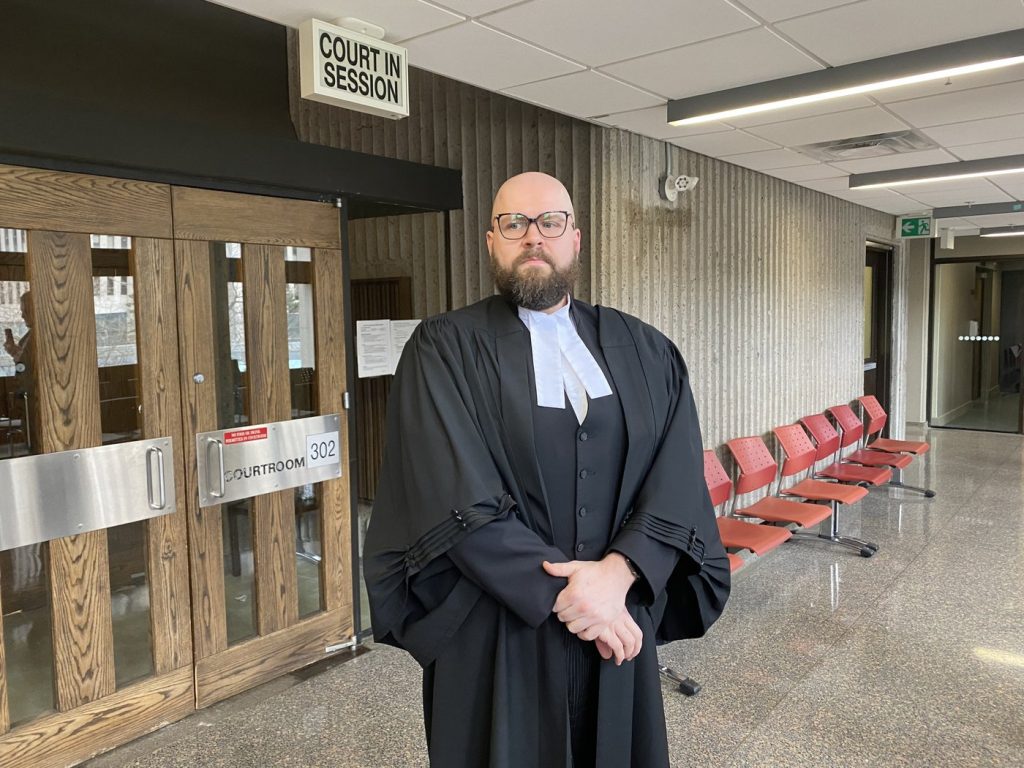HalifaxYesterday : The Capitol Theatre
Posted Mar 23, 2020 03:28:00 PM.
This article is more than 5 years old.
Readers who were around in the early 1970s may recall that many of us were still young and naive enough to believe that signing a petition would somehow help to keep the powers that be from doing something bad or stupid. Sadly, in the case of the Capitol
Theatre, formerly located at the foot of Spring Garden Road and Barrington Street, all efforts to thwart its destruction proved fruitless. The questionable decision to tear down one of the most beautiful and beloved cinemas in the region was fought diligently on several fronts. The Save the Capitol Theatre Society along with other concerned citizens tried their best to protect this local treasure, but it was invariably destroyed on Saturday, 11 May 1974 despite all objections. In its place they built, well…you know.
(See Image 1 above)
The iconic theatre was a primary downtown entertainment hub for its entire existence. It was erected on the site of the Horseman’s Fort, one of five original strongholds built to protect the town following its founding in 1749. The building’s first incarnation was as the Academy of Music, which boasted an auditorium with a 1,250 seat capacity. The first concert on opening day, 9 January 1877, featured the 150-member Halifax Philharmonic Union under the direction of organist, C. H. Porter. Included on the bill were the Rudolfson Quartette of Boston and the Boston Philharmonic Club of Instrumentalists. Even at the exorbitant price of $1.50 per reserved ticket, a full house was in attendance. The theatre was one of the first buildings in Halifax to be lighted by electricity and the audience reveled in the grandeur of their new performing arts venue; its frescoed ceilings, and beautiful interior illuminated by an immense chandelier. (See Images 2 & 3 above)
Over the next half-century, the space was home to countless productions of plays, pantomime, comic opera, ballet, lectures and vaudeville. The Halifax Symphony Orchestra, founded by Max Weil, made its debut there on 24 April 1897, and during its tenure, brought in many famous guest artists. In 1906, a subscription to four “pop concerts” cost a dollar and a half. In 1918, the building was renamed the Majestic Theatre and carried on the tradition of presenting fine entertainment until its closing performance in 1929. The final event featured a play, The Fortune Teller by Victor Herbert, produced by the Halifax Dramatic Club. The shows took place over three evenings, June 27, 28 and 29. (See Images 4 & 5 above)
The old Majestic Theatre was later demolished to make way for the Famous Players owned Capitol Theatre, which would also contain the offices of the Maritime Telephone and Telegraph Company and a shoe store within its four stories. Following eleven
months of construction, there was much ballyhoo during the promotion for the grand opening on Friday, 31 October 1930, including the use of a hot air balloon. The first showing was a Warner Brothers film, Old English. The star of the picture, George Arliss, offered a special personal onscreen welcome to the audience.
Although many live performances graced its stage through the years, the main attractions at the Capitol Theatre were feature-length Hollywood movies and featurettes. Anyone who attended the 1,600 seat theatre while growing up will recall being greeted at the entrance by that magnificent suit of armour, standing guard in front of a great flag standard displaying the cross of St. George. Going to the Capitol was like stepping back in time to roam through an ancient castle – its mediaeval ambience highlighted by thickly piled carpeting, oaken beams, vaulted embrasures, battlements and turrets. The numerous gargoyles, colourful wall tapestries, murals, delightfully painted tree and sky vistas and the backlit stained glass never failed to captivate our imaginations. (See Images 6 & 7 above)
Patrons could either cross over a moat via the drawbridge to get to the Mezzanine Promenade and loge seats or take the wide staircase down to the Elizabethan Promenade and the main auditorium. The corded red plush seats were very comfortable in what one newspaper described as a “Baronial Hall” setting. The large seating area incorporated a top-notch audio system that produced quality sound to compliment everyone’s visual experience to a tee. In 1953, the theatre introduced the city to the brand new film technology of Cinemascope and stereophonic sound. As if all of this were not enough, the Capitol Theatre also made the best popcorn in town. (See Images 8a & 8b, 9a & 9b above)
The theatre was a perfect venue for live presentations. The highly entertaining shows of the famous hypnotist Reveen always drew large audiences. The National Ballet of Canada and the Royal Winnipeg Ballet performed there. The theatre featured musical concerts by local entertainers as well as those by internationally-known artists such as Gordon Lightfoot, Leonard Cohen, Peter & Gordon and Johnny Cash & the Carter Family, to name a few. Televised boxing matches were also shown on occasion.
In November 1973, the owners sold the Capitol Theatre building to Maritime Tel and Tel. The prospect of losing the theatre caused much consternation within the city and numerous failed campaigns to save the structure began. The great cinema palace ran
its last film, Walt Disney’s Superdad featuring Kurt Russell, on Sunday, 25 March 1974 – forty-six years ago, almost to the day of this writing. The third and final showing that evening started at 9:15 pm, after which, the doors of the Capitol Theatre were closed to the public for good. (See Image 10a & 10b above)
MT&T stated that the company had no objection to the inclusion of the existing structure within their proposed office complex and were looking for development proposals. In early April, city council voted to buy the theatre with provincial help to renovate it. However, they reversed their decision after only a week. Without an offer of municipal or provincial financial assistance, no developer would step forward. So, the time for the initiation of any preservation measures simply ran out and the building was
torn down a month later.
The Monday, 13 May edition of the Mail Star featured an article about the demolition under the heading “The End of an Era.”
“Crane, steel ball equipment and bulldozers moved in on Halifax’s Capitol Theatre on Saturday morning to begin deconstruction of the favourite theatre of many Nova Scotians. The theatre, which was bought from Famous Players Theatres by Maritime Telegraph and Telephone Ltd., has been the subject of some controversy in the past year as some citizens tried in vain to save the structure.”
To this day, the Capitol Theatre is remembered fondly – its presence in our city for 34 years still appreciated by generations of movie goers. The following passage, which appeared in the Capitol Theatre’s Grand Opening Souvenir Program (31/11/30), sums
up the theatre’s raison d'être:
“Dull care and worry bring you not within these walls.
Here is the land of enchantment where happiness, laughter,
glorious romance and a carefree soul go hand in hand.”
Sources: Remembering the Halifax Capitol Theatre 1930-1974, compilation, layout & editing by Cynthia Henry (2000, Atlantic Black Book Publishing); “The Theatre and Music In Halifax,” an article in The Dalhousie Review by Phyllis R. Blakeley (1949); various articles in the Mail-Star.








